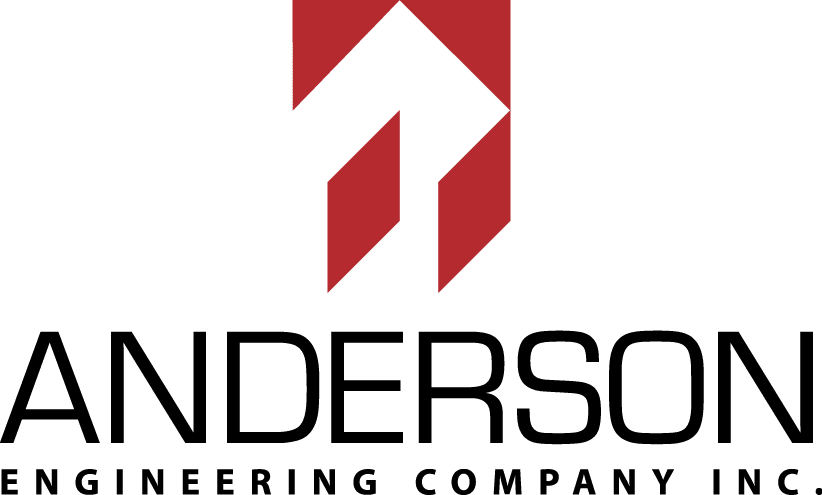Frequently Asked Questions
What areas of Salt Lake City are included in the Alta Survey?
The areas of Salt Lake City included in the Alta Survey encompass various neighborhoods and districts, ensuring comprehensive coverage for accurate land and property assessments.
What types of data are collected by the Alta Survey?
The types of data collected by the Alta Survey include boundary lines, easements, improvements, and existing conditions of the property, as well as information regarding utilities and any encroachments affecting the land.
How does the Alta Survey affect Salt Lake Citys transportation?
The Alta Survey significantly impacts Salt Lake City's transportation by providing detailed data on land use and existing infrastructure, which aids in planning and improving transportation systems, ensuring efficient movement and connectivity within the city.
Are Alta Survey results publicly available in Salt Lake City?
The availability of Alta Survey results in Salt Lake City is limited. Typically, these results are not publicly accessible due to privacy and proprietary concerns, but may be obtained through specific requests or by engaging a licensed surveyor.
What is the purpose of the Alta Survey in Salt Lake City Utah?
The purpose of the Alta Survey in Salt Lake City, Utah, is to provide a comprehensive and detailed assessment of a property’s boundaries, improvements, and potential encroachments, ensuring compliance with local regulations and facilitating informed decision-making for real estate transactions.
What is the process of conducting the Alta Survey in Salt Lake City?
The process of conducting an ALTA Survey in Salt Lake City involves a detailed examination of the property, including boundary determination, identification of existing structures, and utility locations, followed by the creation of a comprehensive map that meets ALTA/NSPS standards.
How does Alta Survey impact Salt Lake Citys urban planning?
The impact of Alta Survey on Salt Lake City's urban planning is significant, as it provides accurate land surveys and data that inform zoning decisions, infrastructure development, and environmental assessments, ultimately facilitating sustainable growth and effective resource management.
How accurate is the Alta Survey in Salt Lake City Utah?
The accuracy of the ALTA Survey in Salt Lake City, Utah, is typically within a high standard, often ensuring precise measurements that meet or exceed national surveying specifications. This level of accuracy is crucial for legal and development purposes.
Can anyone participate in the Alta Survey in Salt Lake City?
Anyone can participate in the Alta Survey in Salt Lake City, provided they meet specific criteria and project requirements set by the surveying team. Participation details may vary, so it's best to check with the survey organizers for eligibility.
How does the Alta Survey impact Salt Lake Citys economy?
The impact of the Alta Survey on Salt Lake City's economy is significant, as it provides crucial data for real estate development, infrastructure planning, and investment decisions, ultimately fostering economic growth and enhancing property values in the area.
What are the goals of the Alta Survey in Salt Lake City Utah?
The goals of the ALTA Survey in Salt Lake City, Utah, are to provide detailed and accurate property boundary information, identify existing improvements, and ensure compliance with local regulations, ultimately facilitating informed decision-making for real estate transactions and development projects.
What are the benefits of the Alta Survey in Salt Lake City?
The benefits of the Alta Survey in Salt Lake City include providing detailed and accurate property information, ensuring compliance with local regulations, identifying potential issues before development, and enhancing the overall value of real estate transactions.
Can I use Alta Survey data for personal research in Salt Lake City?
Using Alta Survey data for personal research in Salt Lake City is permissible, provided you adhere to any applicable copyright and usage restrictions associated with the data. Always verify the source and its intended use guidelines.
What is the relationship between Alta Survey and Salt Lake City government?
The relationship between Alta Survey and Salt Lake City government involves collaboration on various projects, where Alta Survey provides essential surveying services that support city planning, development, and regulatory compliance initiatives.
How does the Alta Survey support sustainable development in Salt Lake City?
The Alta Survey supports sustainable development in Salt Lake City by providing precise land use data, which helps in efficient planning and resource management, ensuring that developments align with environmental regulations and community needs.
How often is the Alta Survey conducted in Salt Lake City?
The frequency of Alta Surveys conducted in Salt Lake City varies based on project needs and local regulations. Typically, these surveys are performed as required for property transactions, development projects, or when significant changes occur in land use.
How does the Alta Survey address Salt Lake Citys growth?
The Alta Survey addresses Salt Lake City's growth by providing detailed land use data and boundary information, which aids in effective urban planning and development, ensuring that infrastructure keeps pace with the city's expansion.
Who conducts the Alta Survey in Salt Lake City Utah?
The Alta Survey in Salt Lake City, Utah, is conducted by licensed land surveyors who specialize in detailed property surveys, ensuring compliance with local regulations and standards.
What is the history of the Alta Survey in Salt Lake City?
The history of the Alta Survey in Salt Lake City dates back to its establishment in the 1990s, evolving as a vital tool for land development and property transactions, providing detailed mapping and boundary information essential for various engineering and construction projects.
How does the Alta Survey influence Salt Lake Citys infrastructure?
The Alta Survey significantly influences Salt Lake City's infrastructure by providing detailed land and property information that aids in planning, development, and regulatory compliance, ensuring efficient use of resources and enhancing overall urban development.

